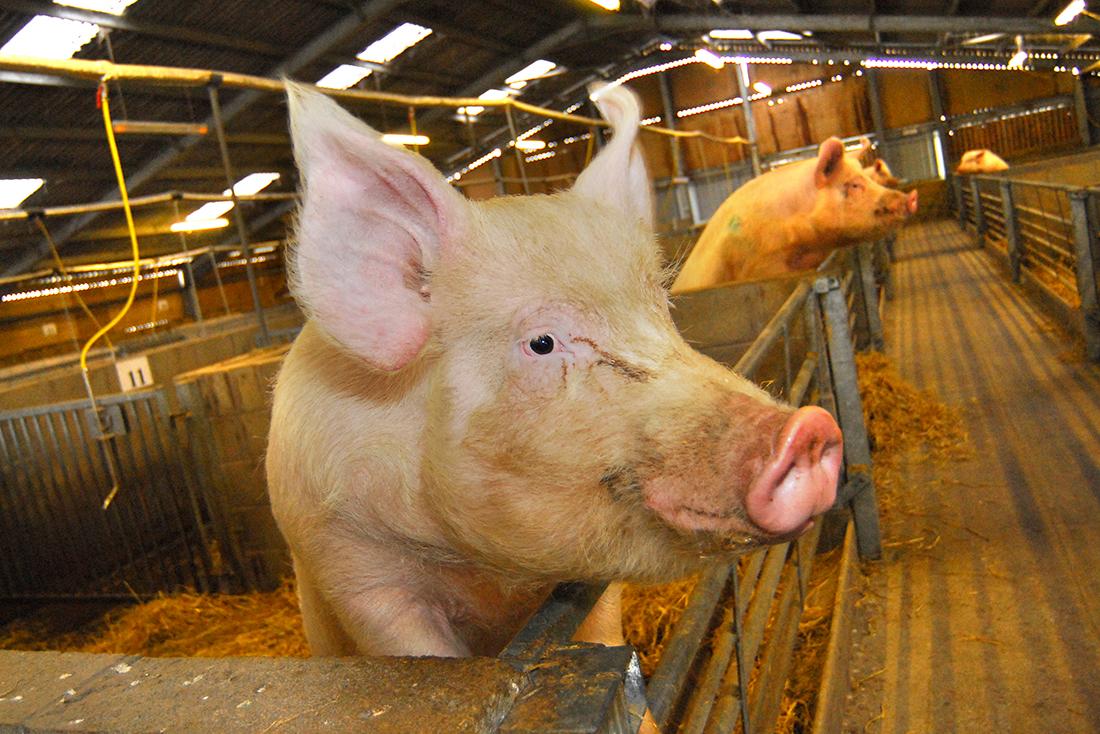



Gene-editing technologies could help prevent swine flu
Gene-editing technologies offer opportunities to curb swine flu virus on farms and reduce the risk of a pandemic
© Roslin Institute
Gene-editing technologies offer opportunities to curb swine flu virus on farms and reduce the risk of a pandemic, a review of research studies suggests. The approach could be used to improve vaccine effectiveness and to produce pigs resistant to swine flu – a disease that was transmitted to humans across the world in the 2009 pandemic and led to industry costs of US$1 billion.
These tools could complement current strategies for controlling swine flu, which causes respiratory illness, fever, loss of appetite and impacts on productivity, the review by scientists from the Roslin Institute suggests. Implementing effective control measures that prevent virus spread will improve on-farm animal welfare standards and reduce costs of food production, scientists have found.
Preventing infection
Gene-editing technologies could be used to precisely alter genes in pigs that flu viruses use to establish infection, as has been done to tackle other viruses affecting pigs. Gene editing could also be applied in vaccine production systems to reduce manufacturing costs, which would likely improve efficacy by increasing uptake.
Method limitations
Preventive farming practices that strengthen animal welfare are most effective when focusing on preventing virus on farms rather than clearing outbreaks, the review found.
Track-and-trace quarantining of all new animals on any farm is recommended, but this can be difficult to implement as farms increase animal density in response to rising consumer demand for pork.
Swine flu vaccines, which have become more widely used with increasing pig production, reduce the overall disease burden but may not be effective when the virus mutates.
Global disease surveillance helps to identify outbreaks and prevent transport of pigs from hotspots to uninfected areas. Collaboration on these goals increased after the 2009 outbreak, but data-sharing remains limited because of the financial burden on producers.
The research is published in Porcine Health Management and was funded by the Biotechnology and Biological Sciences Research Council, part of UK Research and Innovation, and Genus PIC.
The Roslin Institute receives strategic investment funding from the Biotechnology and Biological Sciences Research Council and it is part of the University of Edinburgh’s Royal (Dick) School of Veterinary Studies.






